Utah's landscape is incredibly diverse to say the least. In southern Utah, there are deserts, canyons, and arches, while in northern Utah, there are mountains, rivers, and grasslands. This type of landscape comes with a wide variety of wildlife. The state is home to over 600 different kinds of wildlife, and Utah County offers plenty of opportunities to observe and experience these amazing creatures. In the Wasatch Mountains, you can see mountain goats scaling the cliffs of Mount Timpanogos, or in Utah Lake's wetlands you can see a variety of bird species.
Utah Valley is home to many different types of wildlife including moose, elk, foxes, bighorn sheep, cougars and more. While time spent in any of the beautiful mountain areas such as Provo Canyon, American Fork Canyon, and Mount Nebo will provide access to see these animals. Below are some ideas of where you can find these wild animals in our area as well as some of the best places to see them.
Rocky Mountain Elk:
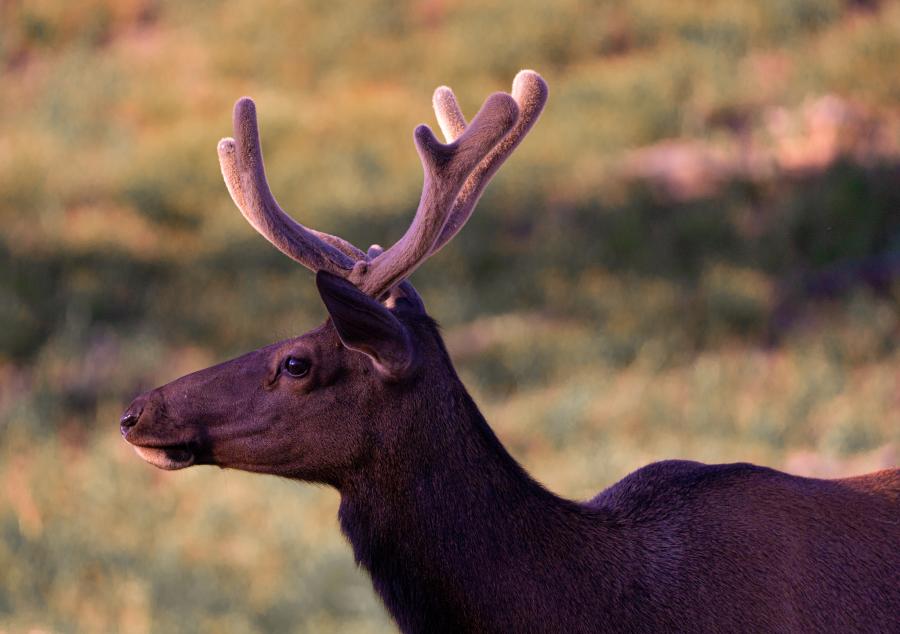
Elk can be found throughout the more mountainous areas in Utah Valley. In the summer, they are harder to find as they move higher and to more northern areas. The Elk move down lower in the winter and can be spotted in areas with southern exposure or where the snow melts more rapidly. This gives the elk a greater chance to thrive by increasing their access to food.
Location Suggestions: Try looking in Hobble Creek Canyon or North Lehi, where herds have been seen congregating on southern hillsides.
Moose:
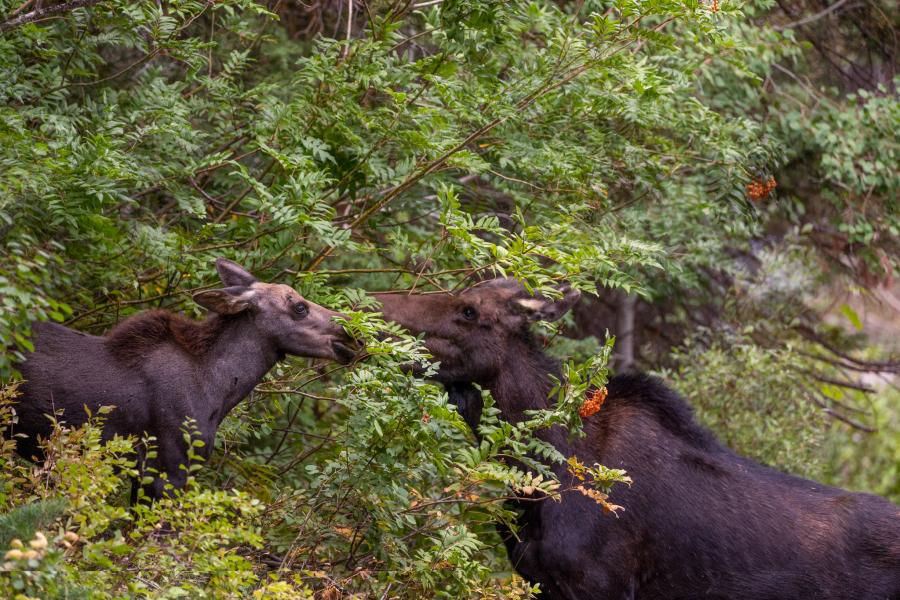
Moose are the largest deer family member and prefer wooded places with access to wetlands, ponds or lakes. They are excellent swimmers and love to eat plants that grow in high-moisture environments. Moose can seem unbothered by humans but may quickly become aggressive and dangerous if you are too close. During the fall breeding season, bull moose are known to be aggressive and can run up to 35 miles per hour, so keep your distance!
Location Suggestions: Moose are seen most frequently at the top of the Alpine Loop, Aspen Grove by Cascade Springs. Drive through or access any hiking trails nearby for a chance to spot a Moose.
Mountain Goats and Bighorn Sheep:
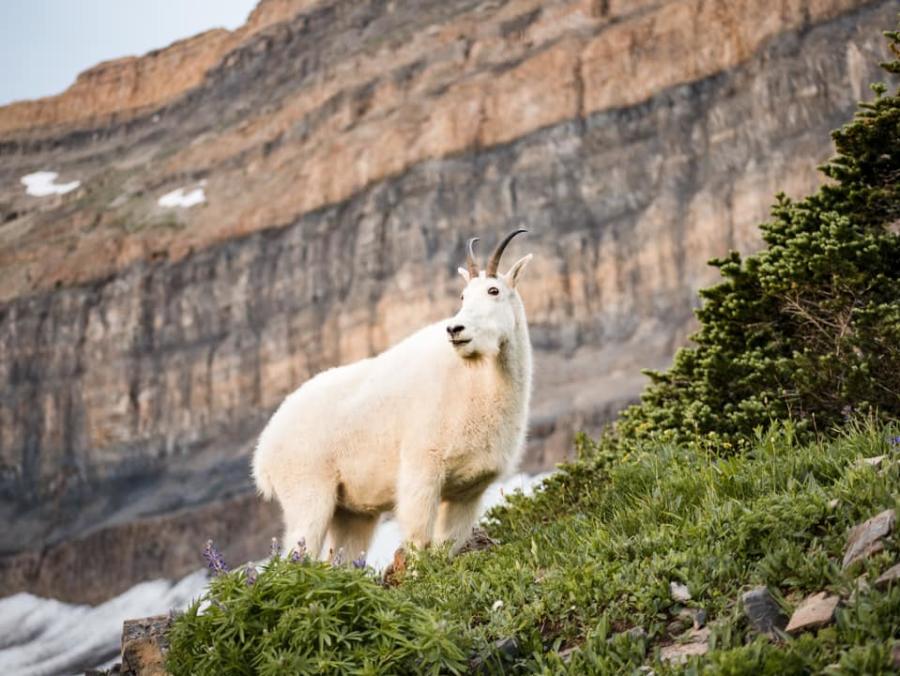
PC: Momi Forbes
The mountain goat has short black horns with a slight curve. Its coat is white and almost woolly. During the summer, they prefer higher elevations and rugged terrain, and during the winter, they prefer lower elevations. Most of their diet consists of shrubs and grasses in these areas.
The horns of the mountain bighorn sheep are tan and curved. Their coats are brown, and they have white hair on their belly, rump, legs, muzzles and eyes. Bighorn sheep live near high mountain slopes during the summertime and then in the foothills during the winter. Grasses and forbs are their main sources of nutrition, as well as the salts found in mineral licks.
Both these animals can be found in our canyons and rely on the rocky cliff sides for a safe place to hide from predators.
Location Suggestions: Bighorn sheep are usually found on the hills above Pleasant Grove or Cedar Hills, like on the Battle Creek Falls trail. Mountain goats are frequently seen on the popular trail to the summit of Mount Timpanogos. For those who prefer roadside stops, drive into American Fork Canyon and stop right around the pay station with a pair of binoculars. The rocky sides at the beginning of the canyon are a great spot to potentially view both these animals.
Fox:

Foxes can be found just about anywhere in the Valley. The red fox belongs to the Canidae family which also includes wolves, coyotes and dogs. To survive they need an area with lots of rodents or birds and places for them to hide, like tall weeds or bushes. Besides being skilled hunters and scavengers, foxes can be seen scavenging in trash.
Location Suggestions: Try parks that have sections with tall plants like Dry Creek Park in Lehi or Bicentennial Park in Provo. Foxes are also frequently spotted throughout the local canyons and around Utah Lake.
Deer:
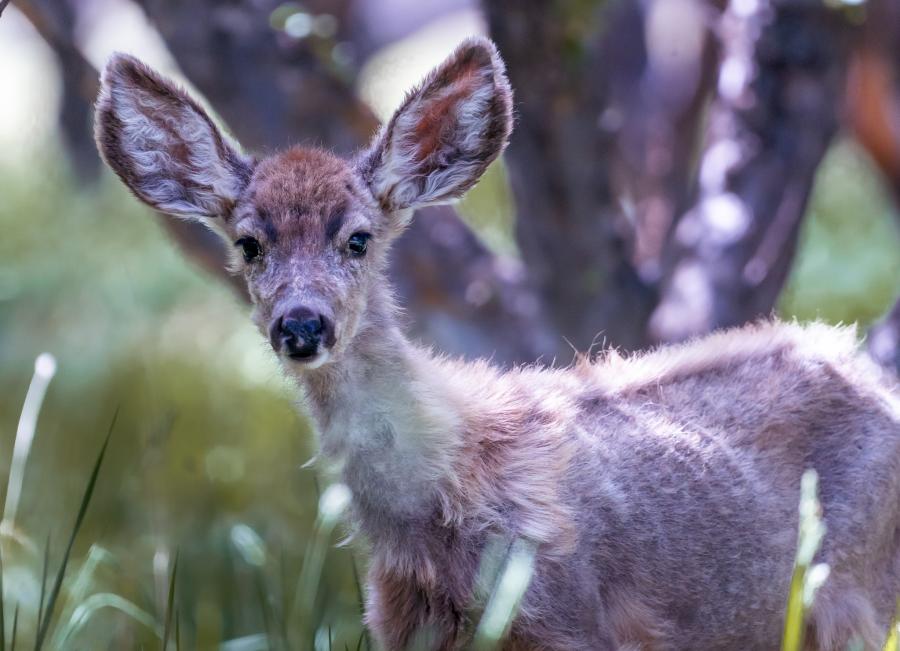
One of the most common wildlife seen in Utah Valley are mule deer. They are one of the most popular game animals in Utah as well as a source of food for cougars. The deer's diet consists of mostly grasses, stems and buds.
Location suggestions: Deer can be found most reliably at the foothills of the mountains in places like the hills of Traverse Mountain and in the suburbs of Pleasant Grove and Lindon.
Birds:
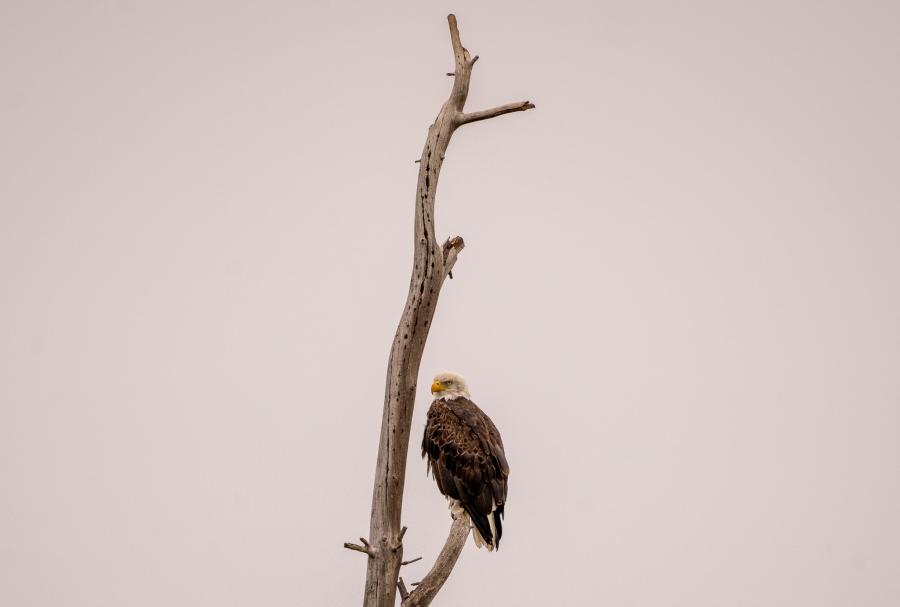
Utah Valley is an amazing place to spot birds including Ospreys, Great Blue Herons, Owls, and Bald Eagles. A few of the rare bird sightings included the White Ibis, American Black Duck and Anna’s Hummingbird. The most active time for all types of birds is during the spring and fall migrations.
Location Suggestions: Utah Lake, Diamond Fork Canyon, Salem Pond, Vivian Park, and Jordan River Trail, Provo River, Bridal Veil Falls.
Other animals you might run into:
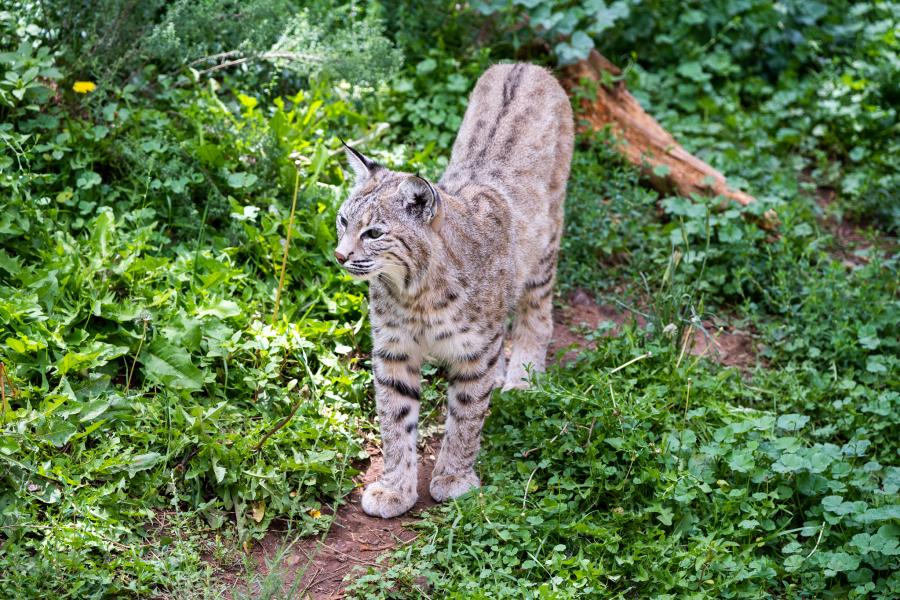
(Photo of a Bobcat living in captivity)
Our mountains are also home to many other animals including bobcats, coyotes, cougars, and bears. The odds of running into a cougar are low, but be sure to stay aware when exploring Utah Valley's wilderness areas.
Overall Tips:
- Whether driving or hiking, go out right after sunrise or right before sunset. This is when animals are most likely to be moving around and easier to spot.
- Join a local Facebook group such as Birding in Utah group to get ideas of when animals are migrating into our valley.
- Be patient. Wildlife viewing is inconsistent.
- Safety should be your first priority. Getting close to animals is dangerous for both the animal and the viewer.
- Learn more about Utah's wildlife and wildlife safety - Utah Division of Wildlife Resources
